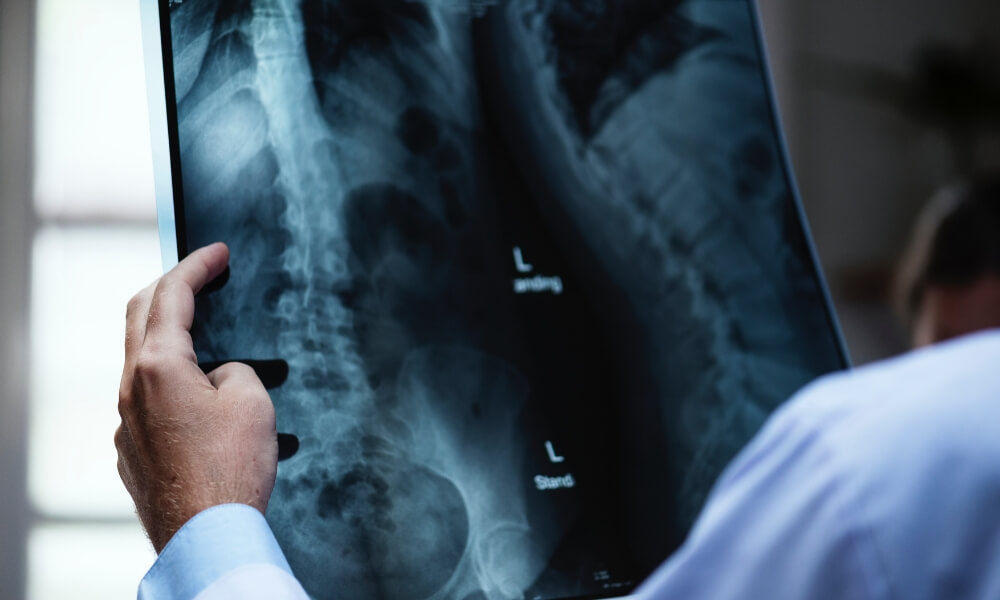How can 3D printed adaptive aids help patients with arthritis?
Posted By Kat Plewa on Jan 18, 2019 | 0 comments
Around the world, about 350 million people struggle with arthritis. That’s an enormous amount of people who seek help, even when it comes to simple tasks such as brushing your teeth. Many of them turn to adaptive aids, but they are expensive and don’t give much choice of customization. How can 3D printing improve quality of life for arthritis patients? Let’s find out!
Is Additive Manufacturing beneficial for the medical industry?
Of course! We have plenty of examples of how 3D printing makes a revolutionary change in this sector. Did you know that with bioprinting we can 3D print human skin? It is used to heal severe burns and not only that, but it can also be used for drug and treatment testing. The main benefit of bioprinting is that it eliminates the possibility of rejecting the skin or 3D printed organs.
Additive Manufacturing for healthcare applications also means high customization. 3D printing gives us the perfect opportunity to 3D print an exact replica of an organ and other body parts, for example, knee or jaw replacements. This 3D technology gives us an effective way to provide patients with the ideal solutions to their needs, very often saving their lives.
3D printing provides us not only with new biomaterials. It is also very fast and stands out for its cost-effectiveness. The future of medicine combined with 3D technologies means no more waiting lists and wasting time. With Additive Manufacturing we will be able to 3D print a new heart in a matter of hours, in the hospital, and simply take it from the 3D printer to the surgery room to save the patient’s life.
How can we improve adaptive aids?
3D printing organs will happen in the near future, but right now we can use Additive Manufacturing technologies to help arthritis patients by advancing adaptive aids. The potential of 3D printing has been seen by Joshua Pearce, the Richard Witte Endowed Professor of Materials Science and Engineering at Michigan Tech. Pearce decided to use the young minds of his students to develop better aids for arthritis.
The professor started a new study in his class, which was recently published with co-authors Nicole Gallup, research assistant and orthopedic surgeon, Jennifer Bow. The authors took the challenge of meeting or improving, the standards of adaptive aids already available on the market.
The task wasn’t easy. They had to analyze what problems patients with arthritis have to face. Very often, those are actions we don’t even notice, such as turning on and of the light, holding a phone, opening and closing doors. We perform those activities without a second thought, but for people struggling with arthritis, they mean chronic pain. Existing aids for arthritis are very often simple plastic parts, which help, but can be extremely expensive.
While living with arthritis is physically difficult, it also presents a financial challenge. The costs of basic medical equipment they need to function normally are very high, averaging 12% of the median family income. Speaking in numbers, one of the cheapest assistive devices such as soda can openers start at $5.99 and go up to $49.99 just for a phone holder. Can you guess how much can 3D printing bring the costs down? For only $0.75 and a rubber band, an arthritis patient can comfortably hold their phone. Or only $1.27 to help them split the pills they take for the pain.
How is it possible? First of all, 3D printing is cost-effective. It produces the parts very quickly and gives a wide range of materials to choose the ideal one for production. According to the Michigan Tech professor’s research, some devices allowed for an amazing 98% cost cut thanks to 3D printing! Additive Manufacturing also means highly customized products, which the researchers had to take into account as each patient develops arthritis differently. For example, adjusting 3D printed assistive devices such as pen holders, nail clippers, or light switches for different hand sizes. No other technology gives such an advantage to the medical care industry as 3D printing.
What is the future of adaptive aids?
Surely, it should be combined with 3D printing. 3D technologies give the medical industry 3D scanning, 3D printed skin, and organs. It is so easy for medical institutions and nursing homes to just have a 3D printer in their facilities and produce a simple object which can highly improve quality of life for millions of people, and hopefully, Pearce’s study will showcase that to the world.
At Sculpteo we might not do bioprinted skin yet, but surely we can help with adaptive aids such as key holders. If you have any project, don’t hesitate to upload it to our online 3D printing service or contact us with you need any help.
Don’t forget to sign up to our Newsletter and follow us on Facebook for the latest 3D printing News!


 Connect with Google
Connect with Google Connect with Facebook
Connect with Facebook